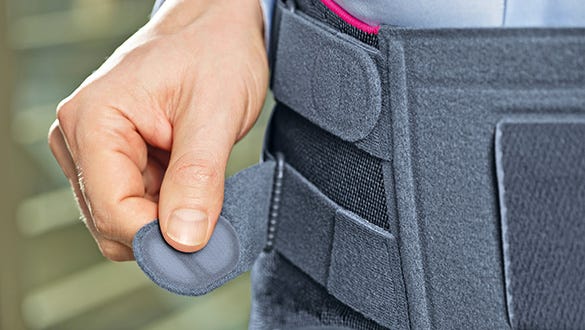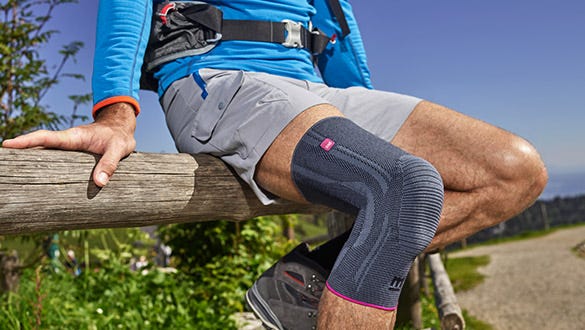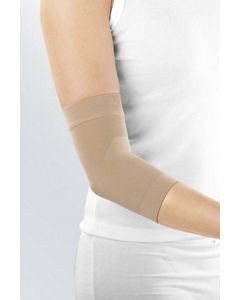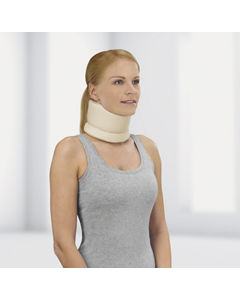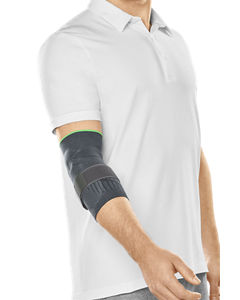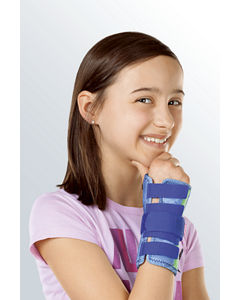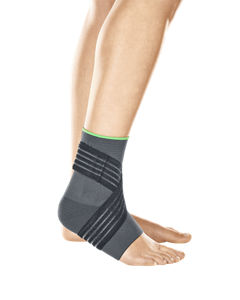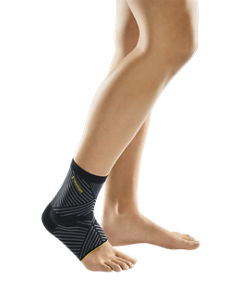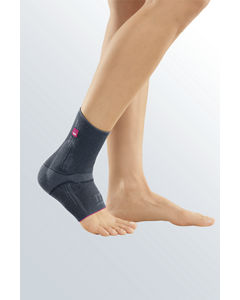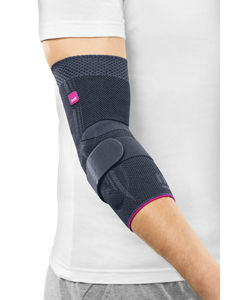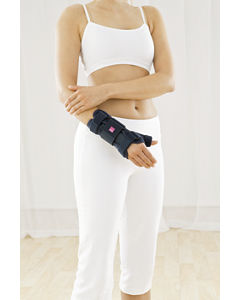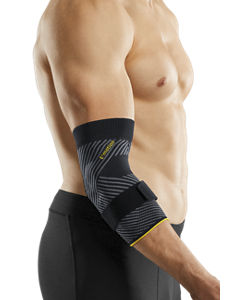- Free First Class Delivery
- Buyer Protection
- Secure Online Shopping
- Healthcare Professional? Click here
Osteoarthritis
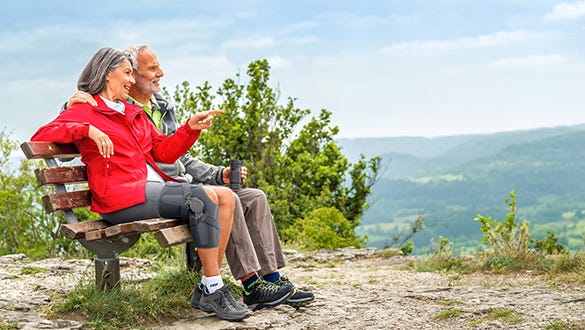

Categories
The term osteoarthritis (joint wear and tear) is used to describe one of the most common diseases of the skeletal and locomotor system.
Joint degeneration in osteoarthritis
A joint that has worn down more than it should, has damaged the protective layer, the cartilage and sometimes the underlying bone anatomy. This condition occurs mainly in the hands, the shoulder, the knee or the hip joints.
After resting for a long time, joints can feel immobile and it takes a while to get going again. Conversely, pain can also develop after protracted movement or prolonged exercise.
If pain is experienced frequently in these situations, this could be a sign of wear and tear of your joints leading to osteoarthritis which can be a typical sign of ageing. It increases after middle age. In most cases, we have damaged and / or overworked our joints for many years. But using your joints too little also damages them and it's a matter of getting the right balance.
Once osteoarthritis has started, there are ways and means of helping you to manage anyway.
Symptoms and warning signals
Joint pain can be the first sign of osteoarthritis. It is usually aggravated by cold, damp weather or initial loading the joint. Abrupt movements feel particularly uncomfortable.
Pain in the joint is typical of osteoarthritis. The pain starts as a movement begins. For example, pain in the knee becomes apparent when you get out of a car. Once you've got going, the symptoms improve, but they return after longer periods of using the joint.
Doctors call these initial symptoms "start-up pain", pain on loading or fatigue pain. But no matter what symptoms you may have talk to your doctor about it. This will give you certainty and you can find out about your treatment options.
Risk factors and causes
Genetic predisposition plays a role. Nevertheless, there are numerous factors that favour osteoarthritis: this includes overusing the joints in high-performance sports and prior damage.
Obesity also plays a major role and weight loss is very important treatment.
Permanent abnormal loading of joint due to injuries or deformities can also lead to osteoarthritis. Congenital deformity of the hip (CDH), for example, often causes osteoarthritis of the hip. Other causes are diseases or injuries that permanently deform the joint (post-traumatic osteoarthritis).
Prevention
Even small changes in everyday habits have positive effects on the joints and relieve them noticeably.
The rule of thumb for osteoarthritis patients: "movement yes – load no"
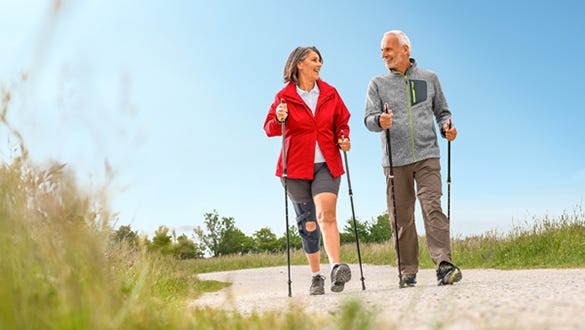

Osteoarthritis patients should feel free to move around – cycling, swimming and Nordic walking are actually recommended. The diseased joint still produces nutrients and lubricants during moderate sporting activity. Adequate movement and a healthy diet also help to reduce overweight.
This reduces the risk of further joint conditions. You should aim for a BMI (BMI = body mass index) of < 30.
Treatment of Osteoarthritis
Besides exercise, physical therapy and medication, functional treatment is an important element of success: orthotic supports relieve stress on the affected joint.
Avoid one-sided stress
Orthoses can help prevent the one-sided stresses caused by biomechanical compensation e.g. left knee pain causing right ankle or hip pain.
At the same time, supports can improve proprioception which is the perception of your own body in space. They reduce the risk of injury, protect the joint and slow down cartilage degeneration.
Treatment with supports or orthoses should be given in combination with other treatment options. For example, physical treatment with physiotherapy and massage plays a central role.
Both promote the mobility of and blood circulation in the affected joints. Anti-inflammatory painkillers and other medicines can be effective against inflammatory episodes in the short term.
The medicines that are taken depend on the type of osteoarthritis and the severity of the pain.

